Table of Contents
- Introduction
- What Is Ginger and Why Vaporize It?
- Active Compounds in Ginger Vapor
- Warming and Circulatory Benefits
- Digestive and Respiratory Support
- Ideal Temperature Range for Vaporizing Ginger
- Recommended Dosage and Preparation
- Best Times to Use Ginger Vapor
- Combining Ginger with Other Herbs
- Breathing Technique for Ginger Vapor
- Safety and Contraindications
- Conclusion
Introduction
Ginger (Zingiber officinale) is widely known as a culinary spice and medicinal root. Traditionally used for digestion, circulation, and immune support, it also offers distinct advantages when vaporized. Unlike sedative herbs, ginger brings warmth, clarity, and stimulation to the body—making it particularly effective in cold seasons, sluggish moments, or when stress shows up in the gut or chest.
This guide explores how to vaporize ginger properly: how to prepare it, what temperatures to use, what to expect in terms of effect, and how to integrate it into rituals of energy, recovery, or prevention. From stomach tension to slow lungs and emotional coldness, ginger vapor is a warming and vitalizing tool when used with care.
What Is Ginger and Why Vaporize It?
Ginger root has been used in Ayurveda, Chinese medicine, and European herbalism for thousands of years. Most people associate it with tea, capsules, or fresh culinary use. However, dried ginger can be vaporized to release a completely different therapeutic experience—one that focuses on the lungs, nerves, and subtle energetic layers.
Benefits of ginger vapor may include:
- Support for digestion and nausea relief
- Warming the lungs and supporting breath depth
- Stimulating peripheral circulation
- Restoring energy after physical or emotional cold states
Unlike oils or extracts, vaporizing the dry root offers these benefits through direct aromatic and thermal interaction with the lungs and bloodstream—without any combustion or synthetic additives.
Active Compounds in Ginger Vapor
The spicy, aromatic qualities of ginger come from its rich profile of pungent compounds and essential oils. When gently heated, these volatile elements can be released into vapor, offering both immediate and systemic effects.
Primary Compounds:
- Gingerol: The main pungent compound, with antioxidant and anti-inflammatory action. Converts to shogaol upon drying and heating.
- Shogaol: More pungent than gingerol and more prominent in dried ginger. Supports circulation and digestion.
- Zingerone: Adds warmth and soothing properties. Vapor-active at mid-high temperatures.
- Bisabolene and Curcumene: Found in ginger oil; may support mood and immune tone.
Ginger’s therapeutic value lies in both its thermal and aromatic effects. Unlike purely relaxing herbs, it invites movement, clarity, and warmth—making it ideal for use when energy needs to rise or be restored.
Warming and Circulatory Benefits
Ginger’s most immediate effect when vaporized is a gentle internal warmth. This comes not from heat alone, but from the action of shogaol and other pungent compounds on peripheral circulation and nerve endings. Users often report a tingling sensation in the chest, warmth in the limbs, or even emotional softening—especially in colder seasons or emotionally numbing states.
Because vapor enters the bloodstream via the lungs, ginger’s circulatory impact is felt faster than with tea or capsules. It’s ideal for:
- Warming up after long periods of stillness
- Resetting after emotional coldness or tension
- Transitioning between deep rest and waking activity
- Early stages of colds or seasonal low energy
Many users combine ginger with lemon balm or rosemary to add direction, clarity, and layered effect in midday or early evening rituals.
Digestive and Respiratory Support
Ginger is well-known for its use in digestive health—from nausea to indigestion and stomach tension. Vaporizing ginger does not engage the stomach directly but works through the breath and nervous system to relax the gut-brain axis and improve vagal tone.
Benefits May Include:
- Relief from nausea during travel, stress, or recovery
- Light gut stimulation for slow or cold digestion
- Loosening of mucus or chest tension in early respiratory illness
Vaporizing ginger is particularly helpful in short, focused sessions during colds, transitions, or to support nervous system resilience after stress. If you’re also interested in calming herbs for the gut-brain axis, see our article on vaporizing lemon balm.
Ideal Temperature Range for Vaporizing Ginger
Because ginger contains both aromatic oils and pungent resins, the ideal vaporizing temperature depends on what effects you seek. Too low, and the oils won’t activate; too high, and the vapor may become harsh.
| Temperature (°C) | Effect |
|---|---|
| 155–165 | Light warmth, citrusy lift, gentle stimulation |
| 165–180 | Digestive activation, chest opening, clearer heat |
| 180–195 | Maximum warmth, circulatory stimulation, strong pungency |
Begin at lower temperatures and raise gradually to explore ginger’s full range. Ginger vapor works best in short sessions with pauses between draws to allow warmth to settle.
Recommended Dosage and Preparation
- Form: Finely sliced dried ginger root (avoid powder)
- Amount: 0.05–0.1 g per session
- Frequency: 1–2 sessions per day during colder weather or digestive need
Store ginger in a cool, airtight container and crush or chop only before use. This preserves pungency and prevents premature degradation of oils.
Best Times to Use Ginger Vapor
Ginger is not an herb for every moment. Its warming, energizing nature makes it best suited to times of movement, transition, or internal cold. Consider vaporizing ginger at the following times:
Morning (after waking)
- To support sluggish digestion or poor circulation
- As part of a breath-based ritual for warming and grounding
Midday or Early Afternoon
- To recover energy after mental fatigue
- To warm the body in cold weather or sedentary work
Evening (with caution)
- Use only in small amounts if your goal is digestion or breath support
- Avoid in large doses before sleep, unless blended with calming herbs
Combining Ginger with Other Herbs
Because ginger is strong and directional, it blends well with herbs that modulate, balance, or extend its action. Below are some effective pairings:
Digestive Blends
- Chamomile + Ginger: Soothing yet warming; for gut calm with movement
- Fennel + Ginger: Carminative blend to address bloating and sluggish digestion
Respiratory Blends
- Thyme + Ginger: For thick mucus, congestion, or respiratory cold
- Peppermint + Ginger: Clarifying and opening for both mind and breath
Mood & Circulation
- Lemon Balm + Ginger: For anxious digestion or low mood with stagnation
- Blue Lotus + Ginger: For warming sensuality or creative activation
Layering ginger into a multi-phase session can help you ease into its intensity. Start with a milder herb, then add ginger for a wave of warmth before finishing with something grounding or relaxing.
Suggested Ritual for Ginger Vapor
Because ginger engages breath and energy, its ritual use works best when paired with breath awareness and movement. Here is a simple warm-up routine:
Vitality Activation (Morning or Cold Day)
- Prepare 0.05–0.1 g dried ginger and set your vaporizer to 170°C
- Take 2–3 slow, focused draws
- Move through 2 minutes of breath-led stretching (arms, spine, diaphragm)
- Repeat 1–2 more draws with longer pauses in between
- Transition into creative, physical, or work-based action
Breathing Technique for Ginger Vapor
Ginger can be intense in vapor form. To avoid throat dryness or overstimulation, use long, slow breaths and exhale fully.
- Inhale slowly for 4–6 seconds
- Pause for 1–2 seconds
- Exhale fully through the nose
- Wait at least 30 seconds between draws
This pacing allows warmth and aromatic signals to spread without overwhelming the senses. If you’re exploring breath-based vapor rituals, see our complete guide on how to use your vaporizer correctly.
Safety and Contraindications
While ginger is widely considered safe when used in moderation, its potency in vapor form means caution is advised—especially for sensitive individuals or those with existing medical conditions.
Avoid or Use Cautiously If You:
- Have acid reflux or a sensitive stomach lining (ginger may increase gastric activity)
- Experience respiratory irritation or asthma (start with very small doses)
- Are pregnant (consult a healthcare provider before use in any form)
- Are using blood-thinning medications (ginger has mild anticoagulant activity)
Do not use ginger essential oil or extracts in a dry herb vaporizer. Always vaporize only clean, dried root material—preferably organic and sliced, not powdered.
Conclusion
Ginger is a powerful, versatile plant ally. Its warming and stimulating properties make it ideal for activating rituals, cold weather recovery, digestion support, and breath-centered emotional reset. Vaporized thoughtfully, it moves energy and restores rhythm—helping you re-enter your day with clarity and warmth.
To fully access ginger’s effects, precise control of temperature and airflow is key. Devices like the Vapman allow for focused, microdosed sessions with deep tactile control, while the Lotus excels in smooth convection-based release ideal for warming herbs like ginger.
About the Author

Michael, Founder & CEO of INHALE Vaporizers
Driven by a passion for clean, mindful vaporization, Michael leads INHALE in crafting elegant and sustainable tools like the Vapman and Lotus. With a deep focus on function, ritual, and natural wellness, INHALE helps people reconnect with the power of plants—one breath at a time.
📩 support@nowinhale.com | Contact us





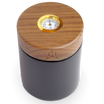
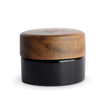


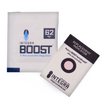


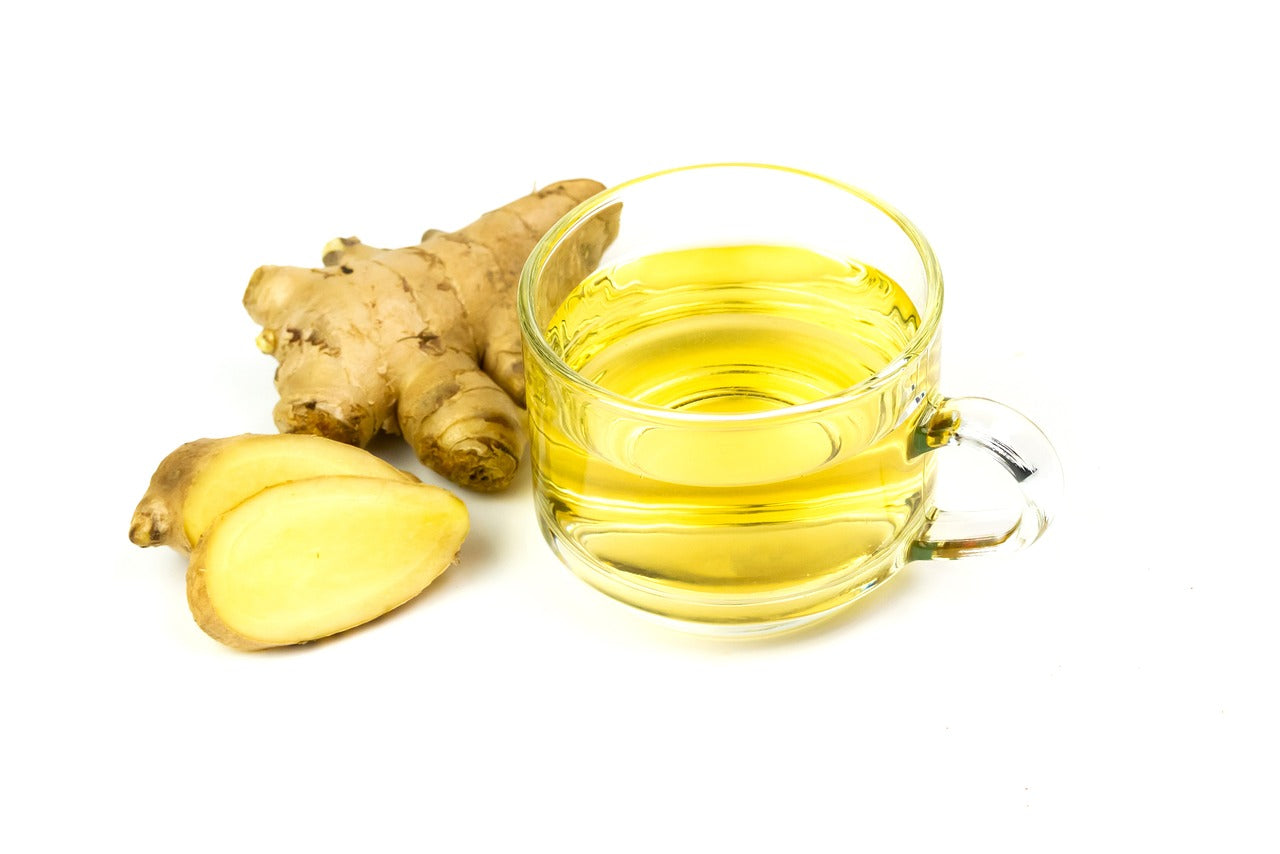

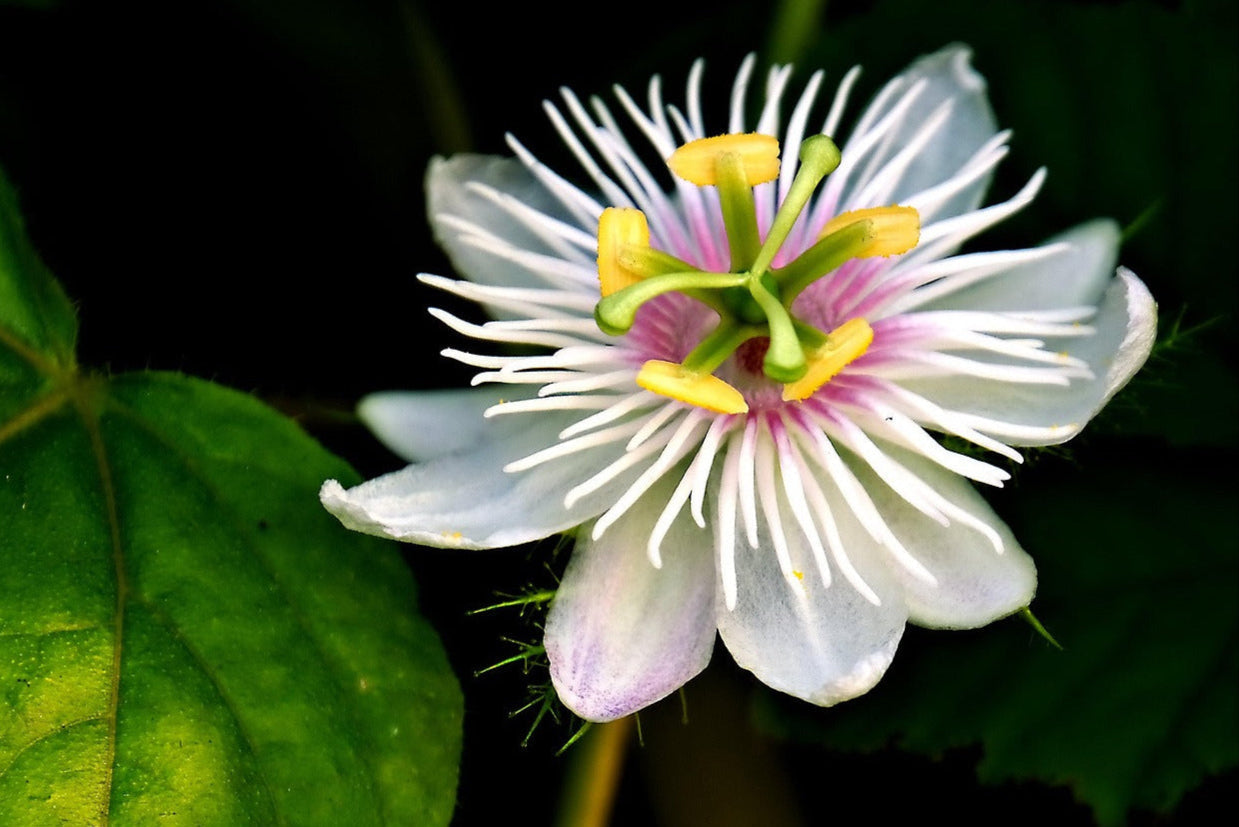


Leave a comment
All comments are moderated before being published.
This site is protected by hCaptcha and the hCaptcha Privacy Policy and Terms of Service apply.